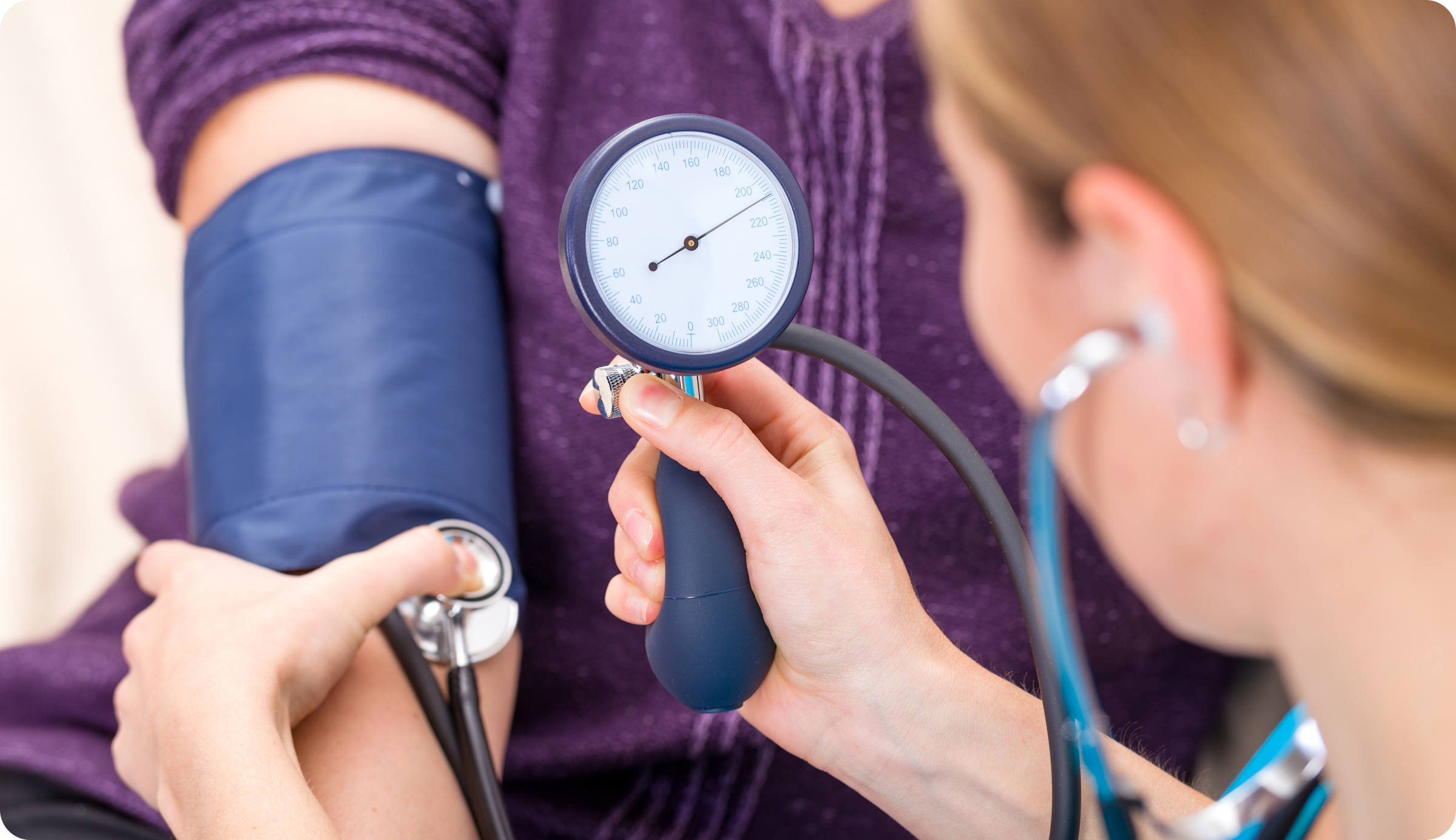Physical examinations are one of healthcare’s most powerful tools. They’re fast, informative, and inexpensive. But not all physical examinations are created equal.
According to the American Journal of Medicine, 76% of cases resulting in missed or delayed diagnoses were due to inadequate physical examinations. Physical examination methods decrease the probability of misdiagnosis and improve patient safety. So in order to bridge the theory-practice gap in nursing, it’s imperative to educate nursing students on physical examination methods: inspection, palpation, percussion, and auscultation.
Physical Examination Methods
Physical examination methods follow a sequence, beginning with a general inspection that increases in detail. The following overview from the third edition of Health Assessment and Physical Examination thoroughly describes the four physical examination methods and what each entails.
Inspection
Performed first, inspection is the most repeated of the four physical examination methods. Teaching students about inspection emphasizes using sight and smell to check specific areas for normal color, shape, and consistency.
Sight
Make sure that your students arrange clothing accordingly and use adequate lighting to fully observe the body parts they are inspecting.
Smell
Because certain infections give off a stench, smell is vital to inspection. You may simulate smell by using a scent-laden cheese (as done in this study) to give students real-life experience with smell inspection.
Palpation
Palpation is the act of touching a patient to feel for abnormalities anywhere in the body. There are two different types: light and deep palpation.
Light Palpation
As the name suggests, light palpation is soft and gentle. Nurses may find information on skin texture and moisture, masses, fluid, muscle guarding, and superficial tenderness by using light palpation.
Deep Palpation
Deep palpation explores the body’s internal structures to a depth of 4-5 centimeters. This technique can inform nurses about the position of organs and masses, as well as their size, shape, mobility, consistency, and areas of discomfort.
Have students role-play using different scenarios to train them to palpate effectively. Encourage short fingernails and warm hands to boost patient comfort during palpation.
Percussion
Percussion includes tapping one’s hands on a patient’s body to produce sound vibrations. The sounds made can confirm the presence of air, fluid, and solids, along with organ size, shape, and position. Percussion can be practiced almost anywhere to analyze the intensity, duration, pitch, frequency, quality, and location of sound.
Here are a few at-home percussion practice ideas for your nursing students to try:
Percuss two glasses—one filled with water, the other empty. Compare the sounds.
Percuss the wall of a room and listen for the change in tones when a studboard is reached.
Percuss your thigh. Puff your cheeks and percuss them. Compare the sounds.
Auscultation
The final method is auscultation, which is listening to the heart, lungs, neck, or abdomen to gather information. There are two types of auscultation: direct and indirect.
Direct Auscultation
Listening with the unaided ear. This may include listening to the patient from a distance or right on the patient’s skin.
Indirect Auscultation
Using amplification or a mechanical device, such as a stethoscope. An acoustic stethoscope does not amplify the body sounds but blocks out environmental sounds.
John Finley stated, “Hearing is a sense, but listening is a skill that can be improved.” Studies show remarkable improvement in the accuracy of heart murmur assessments through repetition. Help your students master auscultation through repeated practice. Students may pair off and practice on each other, switching back and forth.
Additional Resources
Training nursing students to perform health assessments through physical examination methods will better prepare them for the workforce. But teaching effective physical assessment is no small task.
That’s why we’ve created a rubric that outlines the thirty most common skills performed in a physical examination. This checklist will help nursing students focus on the basics, equipping them to learn more specialized skills as they advance.
Grab your free copy of the Head-to-Toe Assessment Checklist and prepare your students to use their knowledge of physical examination methods to conduct health assessments.
Interested in more tips for nursing educators? Check out 6 Ways to Teach Nursing Skills Faster.





